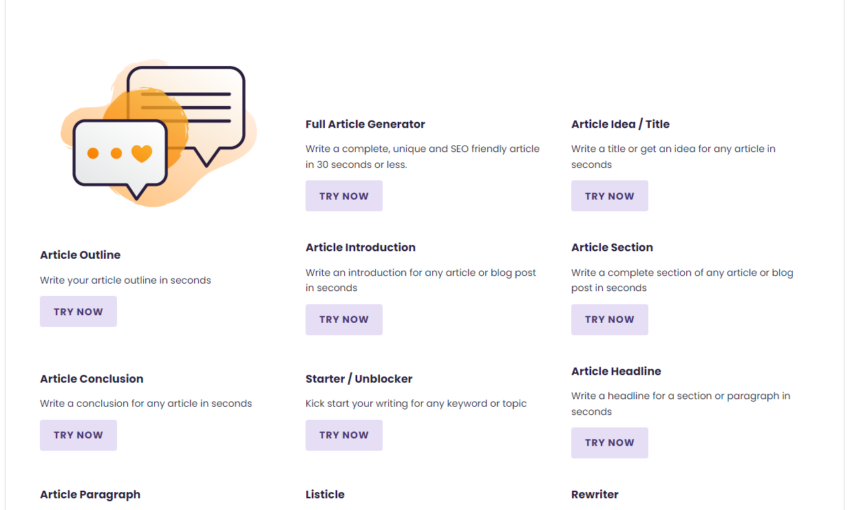Starting a business is one of the biggest leaps of faith you’ll ever take. And it seems like more people in the web design and development fields make this move every day.
Why? Well, it’s an attractive proposition. Web design isn’t a particularly expensive business to get into. While you can use brand-name tools, there are plenty of free and low-cost alternatives. Server space is relatively cheap. And, so long as you have a decent broadband connection, you can work from home.
With such a low barrier for entry, working as a freelancer has become quite a mainstream thing to do. However, when I started my business back in 1999, I got used to seeing stunned reactions from people when they learned that I worked for myself in my own home office. My, how times have changed.
Yet, one thing that hasn’t quite evolved are the myths associated with freelancing. When speaking with folks who are thinking of taking the plunge or just starting their journey, I often hear many of the same assumptions that I myself put forth many years earlier.
As many of these notions are still prevalent, I thought it would be worthwhile to examine a few of the most common ones a little more closely and set the record straight.
The Freelance Designer Toolbox
Unlimited Downloads: 500,000+ Web Templates, Icon Sets, Themes & Design Assets
All starting at only $16.50 per month
Myth #1: You Can Work Whenever You Want
One of the most common misconceptions about being a freelance web designer is that you can simply set any type of work schedule you like. For instance, you might want to set your regular business hours in the evening, because that’s when you feel most productive. However, depending on the type of clients you hope to attract, this isn’t always realistic.
As my business got off the ground, I assumed that I could go missing for several hours during the day and just make up for the time later on. But it didn’t take long to realize that my clients worked a normal business day, and they expected me to be available throughout that time.
Taking care of clients is one of the biggest keys to finding success. Therefore, it’s important to consider their needs when determining your work schedule. It may be possible to keep those evening hours, but then again it may not.

Myth #2: You’ll Make Lots of Money Right Away
Earnings potential is a big reason why you may decide to go freelance. But the key word here is potential. Certainly, it’s possible to make a good living. However, it usually doesn’t happen overnight.
There are so many factors that go into a freelancer’s income. Your skill/experience level, specialties and the type of projects you book all play a role. If you tend to work with locally-based clients, your market can also affect how much you make.
And even if you have talent and desirable skills, it can still take several years of very steady work to raise your income to a comfortable level. It is very much an attainable goal – just don’t expect to get there instantly (without a million-dollar idea, anyway).
Instead of trying to get rich quickly, focus on building a roster of clients who can provide you with recurring work and revenue. This approach may be slower, but it also provides the foundation you need in order to grow.

Myth #3: There’ll Be No More ‘Boss’
Freelancers love to say that we are our “own boss”. That’s true, in the sense that ultimately, it’s up to us to make all of the hard decisions. And sure, nobody is necessarily standing over our shoulder, watching us work.
But in my experience, it became evident early on that I no longer had a single boss – but several. I’ve found that each client fills a similar role in their own way. Instead of having to please perhaps just one or two people, I now have to consistently please dozens different entities.
This can be quite difficult to pull off. You need good organization and communication skills, along with a solid work ethic. Otherwise, you may just have several bosses yelling at you – as opposed to that single figure with the corner office.

Myth #4: You Can Fully Focus on Doing What You Love
When you work for someone else, it can be frustrating when you’re stuck performing tasks that you don’t enjoy. If you love being creative or solving problems through code, then you probably loathe engaging in “grunt work”.
Freelancing can be seen as an escape from that – only it’s not. In fact, you are not only responsible for the menial tasks related to your actual job, but the ones related to running a business as well. Bookkeeping, marketing and customer service may not be your cup of tea – but they’re most likely going to find their way into your daily agenda.
The only way to avoid some of these tasks is to hire someone else to take care of them. It just takes the financial resources to do so – something not everyone has. This is especially true early on.
Therefore, it’s best to create processes to do these no-fun tasks in the most efficient way possible. That will at least save you some extra time to tackle the fun stuff.

Myth #5: You Know Exactly What You’re Getting Into
When starting my business, I did so without so much as a plan. Whether it was hubris or just plain ignorance, I believed that I knew what I was doing. But I was in for some important lessons.
The fact is, I didn’t know nearly as much as I’d thought. And, more than 20 years on, I can now sit back and laugh at how sure of myself I was back then. There have been so many highs and lows, along with truly valuable experiences. Not to mention some amazing relationships that have come along the way. In all, it’s been very humbling.
The point being that, no matter what we think will happen, running a business tends to take a lot of unexpected twists and turns. And it can actually be a very positive thing. It can take you outside of your comfort zone and make you even better at what you do.

Fact: You Can Do It!
Maybe some of the myths mentioned above sound scary – and they are. Starting off on your own isn’t exactly the easiest thing. It’s full of risks and things don’t always work out the way you hope.
But, as they say, nothing worth doing is easy. Just keep in mind that it takes patience, commitment and talent to succeed over the long haul. An open mind helps, too.
So, don’t let those challenges stop you from taking a chance. Instead, use them as motivation to achieve your goals.
This post may contain affiliate links. See our disclosure about affiliate links here.




